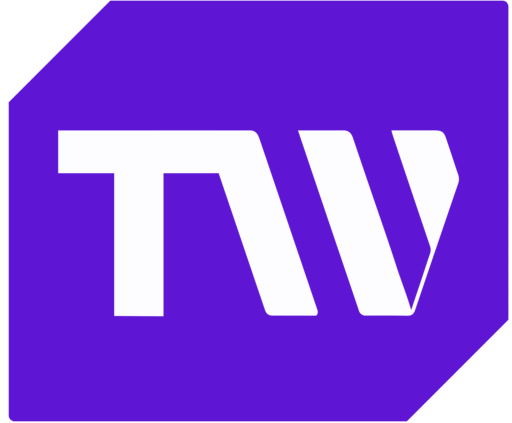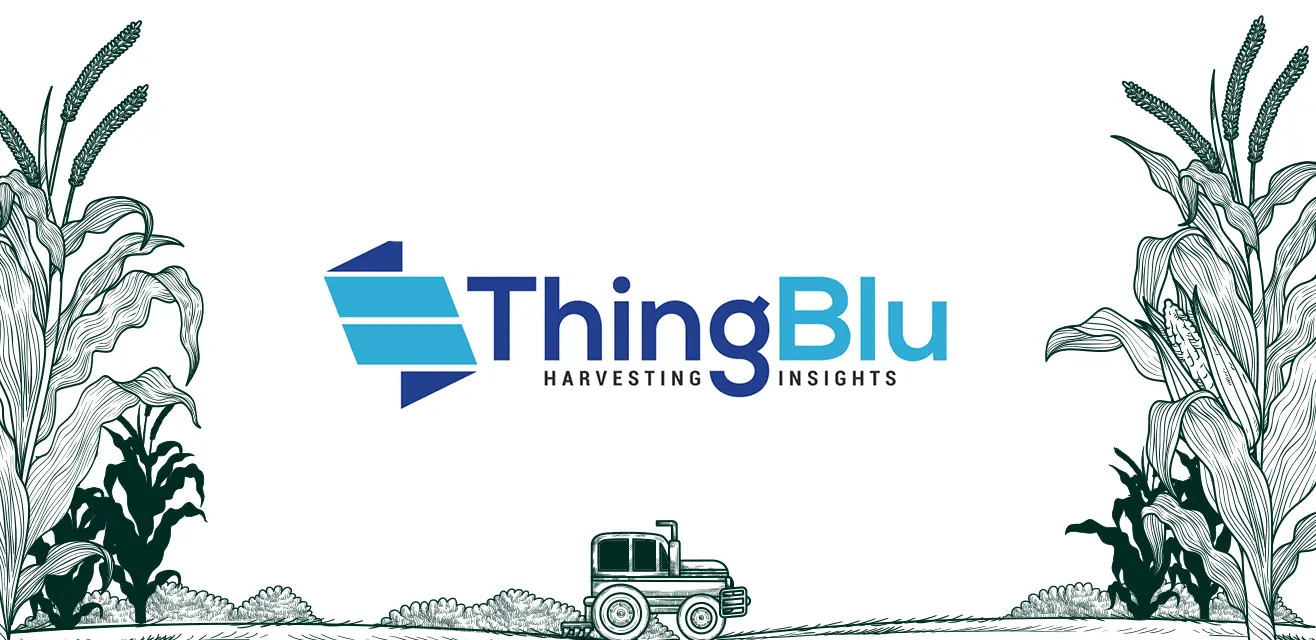How ThingBlu is Transforming Agriculture with its Data Harvester
Every square foot of land and seed quantity are crucial in agriculture. Thanks to data harvesting, farming practices have become more efficient and precise.
So, rather than rely on outdated spreadsheets and multiple apps that lead to low profitability, modern farmers are in tune with tools such as data harvesters. Through this, farmers can access accurate data and efficiently focus on soil sampling, crop production, and pivot irrigation.
The ThingBlu Data Harvester is emerging as a pivotal solution in transforming agriculture. This tool enables farmers to collect and analyze data in a unified dashboard, enhancing decision-making and empowering them with actionable insights to improve product efficiency holistically and integrated.
Let’s explore how ThingBlu’s Data Harvester harnesses the power of data.
Overview of Data Harvesting
Data harvesting is not a novel concept, having already seen widespread application in the banking, retail, telecommunications, and healthcare sectors. They recognize its value in optimizing their operations.
Data Harvesting involves pooling large amounts of data from various sources for a more comprehensive and accurate analysis. Common data collection methods include manual data entry, automated data collection, web scraping, surveys/questionnaires, and more. Information is power, so data harvesting drives efficiency, innovation, and profitability.
Besides, with it, businesses can optimize resources like time, money, and materials for overall productivity. If anything, data harvesting is crucial in revolutionizing industries and leading to more sustainable practices.
Data harvesting in agriculture
In agriculture, data harvesting helps businesses and farmers make informed decisions about planting methods, resource allocation, and crops. It introduces an approach where farmers have valuable insights, like consumer behavior, market trends, and resource optimization, at their fingertips. This allows them to implement strategies that meet evolving demands quickly.
Before the inclusion of data harvesting in agriculture, tracking farming data was rigorous. Farmers used spreadsheets and notebooks while working tirelessly to plant and harvest manually. However, today, agriculture has come a long way with data analysis.
Data-powered agriculture has contributed to food security and provided a promising solution to ensure everyone can access nutritious food. According to the Food and Agriculture Organization (FAO), improved data collection can potentially end extreme hunger.
Unlocking the Power of Data with Thingblu
ThingBlu specializes in agricultural data management. It uses advanced technology to enable farmers to make informed decisions. The company provides solutions like Data Harvester, WorkBench Insights, and LaborPal to improve efficiency.
ThingBlu provides farmers with easy-to-read reports and unified dashboards. This makes incorporating data collection into daily farming practices simple, and data-driven decisions can be made by analyzing information on weather patterns, irrigation, and crop performance in minutes.
What is ThingBlu’s Data Harvester?
ThingBlu’s Data harvester is a comprehensive data analysis and collection system that supports modern agriculture businesses. With it, farmers can meet the ever-growing need for sustenance and harness large amounts of historical data to improve yield.
This tool can be integrated with several farm data sources, such as soil sensors and weather stations, allowing agricultural stakeholders to anticipate market fluctuations and natural disasters.
Let’s dive into the challenges ThingBlu’s data harvester aims to fix and how it works.
Challenges of managing agriculture data
Here are the challenges ThingBlu’s data harvester seeks to resolve for farmers:
- Low crop yields: Without farm data, farmers can’t consistently and accurately monitor crop health and growth, resulting in lower yields.
- High costs: Farmers must invest in costly modern equipment for small and medium-sized farms.
- Data integration: The agribusiness heavily relies on spreadsheets, multiple apps, and whiteboard processes, which shrink profitability, as farmers can find accessing data a hassle.
- Poor decision-making: Farmers usually relied on each other’s recommendations and personal opinions rather than data-driven insights.
- Data volume: Farming techniques generate a vast amount of data, which requires a significant storage capacity for efficiency.
- Human error: When farmers enter data manually, it can affect the quality. Worse, there’s the chance of data recording variability among employees.
Components of ThingBlu’s Data Harvester
The following is a breakdown of ThingBlu’s data harvester and how it works:
Data Collection
ThingBlu’s data harvester collates data from several sources to create a unified dashboard that provides solutions within a short timeframe. All one needs to do is enter records regarding their soil, machinery, irrigation, livestock, and so on, and the system will highlight areas affecting yield quality. Agribusinesses, agronomists, and farmers will find this component helpful, as it offers them a digital hub where they can store their observational data.
Data integration
ThingBlu integrates with IoT(Internet of Things) devices and sensors as an analysis tool for seamless data. Common IoT collections for agribusinesses include soil sensors, drones, satellite imagery, and weather stations.
So, instead of farmers having their soil moisture, nutrient content, and animal health data scattered across several spreadsheets, the tool helps them unify it in one dashboard. Besides, farmers can manually input data from their observations and on-ground assessments into ThingBlu’s system.
Data transmission and storage
Once ThingBlu’s data harvester has collated data, it transmits information to a central database. This allows for easy access and scalability. For example, farmers on the go can use their mobile devices to monitor soil temperature and crop health.
The best part is this system removes the need for manual planning. Employees can simply log into it and generate tasks based on the farm’s real-time operation data. ThingBlu’s central dashboard also ensures that all employees are on the same page regarding updates, improving overall workflow.
Data processing and analysis
ThingBlu’s Data Harvester also sifts through data sets, removing errors, inconsistencies, and duplications. This ensures that agribusinesses use accurate information to channel their inputs where necessary.
Next, it uses AI to predict crop yields and recommend optimal farming practices. After ThingBlu’s Data Harvester conducts field analysis, it utilizes user-friendly visualizations, providing real-time data for decision-making.
Benefits of ThingBlu’s Data Harvester in Agriculture
The following are the benefits of ThingBlu’s data harvester in agriculture:
Crop management and monitoring
Gone are the days when farmers had to monitor their crops closely to prevent widespread disease outbreaks. ThingBlu’s data harvester allows them to access real-time data on their crop’s health and growth stages.
This way, they can make timely interventions and avoid a poor harvest. The data this tool provides also enables them to identify the crop type to plant best suited for various seasons.
Precision agriculture
ThingBlu’s data harvester offers precision agriculture, equipping agribusinesses with technology like sensors, control systems, and robots to improve irrigation, planting, and harvesting. This allows farmers to use fertilizers, pesticides, and water more effectively. That’s not all. They can precisely pinpoint specific areas on their land by using soil sensors and satellite imagery, reducing waste and lowering costs.
Sustainable Farming
Agriculture undoubtedly goes beyond planting and harvesting. With software like ThingBlu’s Data Harvester, farmers can meet the growing need for food and livestock without compromising the environment.
The system is useful for promoting the cultivation of crops that are resistant to diseases and improving soil health. It also helps reduce waste, encouraging farmers to adopt methods like drip irrigation and rainwater harvesting.
High-Yield Prediction
Considering that ThingBlu’s data harvester is designed to improve operational efficiency, it is essential for maximizing yields while reducing environmental impact. Its data empowers farmers and agribusinesses with insights to predict market conditions, identify new opportunities, and get a holistic view of their operations.
What’s more? It gives rural farmers a standing in the market. For example, a farmer using ThingBlu’s Data harvester can choose the correct variant for their soil, determine climate, and prepare for adverse weather conditions. This puts them in a position to have a bountiful harvest and minimize spoilage. In essence, ThingBlu recommends every information farmers need to maximize the success of their business.
Supply-Chain Optimization
The supply chain in agribusiness extends beyond packaging and transporting foodstuffs. Farmers face inefficiencies while trying to cut waste. As a result, data harvesting provides real-time data on production levels and market demands. This ensures efficient inventory management, timely delivery of farm produce, and mitigation of unnecessary losses.
The Future of Farming with Thingblu’s Data Harvester
Indeed, you can’t improve what you don’t measure. Therefore, a data-powered solution like ThingBlu is vital for transforming agricultural practices.
As the world’s population increases, agribusinesses with invaluable data can optimize resource use. This will ensure greater food security and put them at the forefront of eradicating hunger and poverty.
When it comes to agriculture, ThingBlu’s Data Harvester does the heavy lifting, giving farmers the luxury of producing higher yields. They would find reducing errors, managing time, and improving their workflow easy.
It also opens up individuals, especially those in agrarian communities, to access better and more cost-effective farming solutions. Imagine a world where agribusinesses are equipped with information at every stage of the cultivation process. This would drive innovation, making agriculture a lucrative industry.

